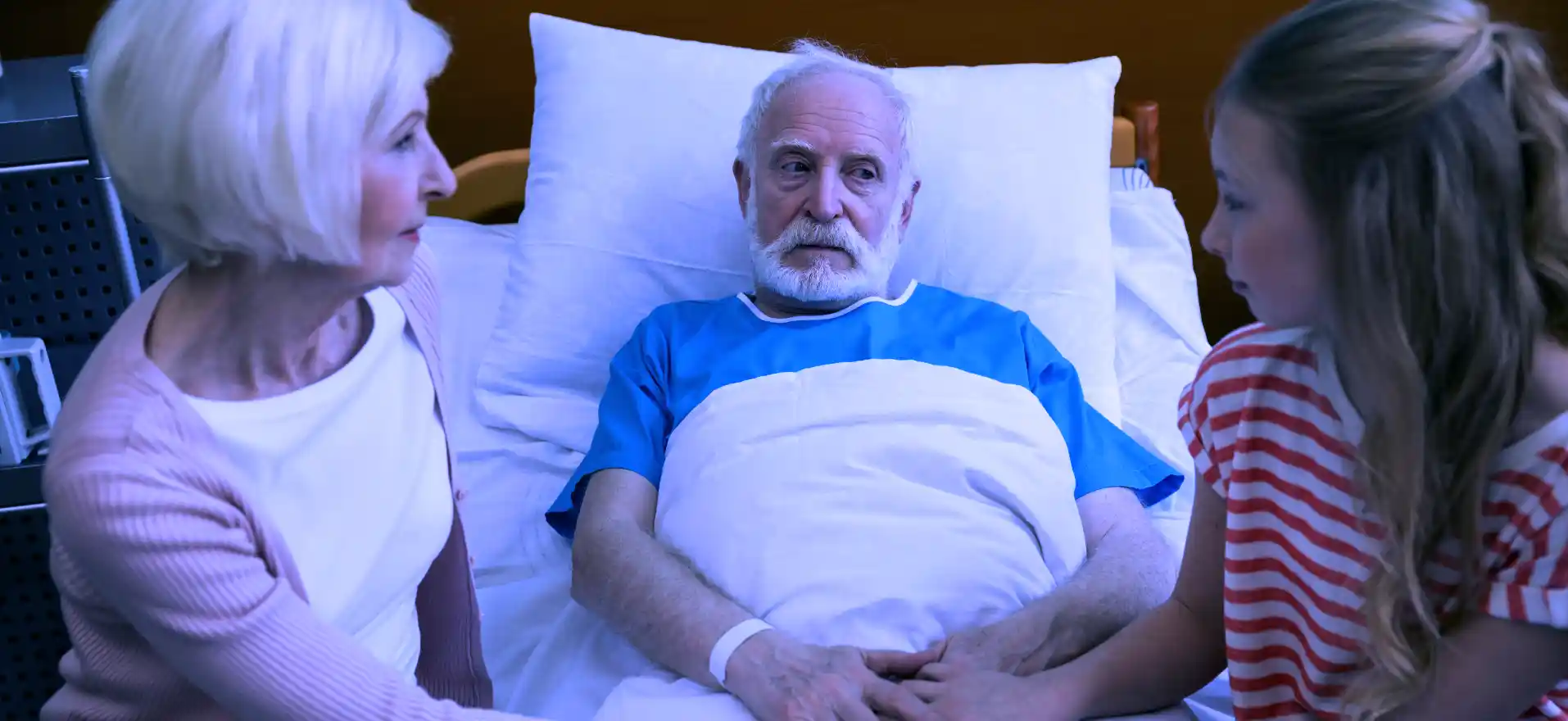Why Senior Living Facilities Must be Prepared for the Unthinkable
In an extraordinary show of community and resilience, over 100 nursing home residents, many suffering from dementia, were airlifted to safety after devastating floods hit North Carolina during Hurricane Helene.
The storm, a rare and catastrophic event, left senior living facilities scrambling for emergency plans they hadn’t expected to use. The evacuations, carried out by volunteer pilots in small personal aircraft and even a U.S. Army Chinook helicopter, were both remarkable and risky.
This incident underscores the absolute necessity for senior living facilities to have an airtight evacuation plan in place, even those far from flood zones or other obvious disaster areas.
The delicate operation involved moving frail, elderly people, many with significant health issues, across 80 miles of the damaged North Carolina landscape. The situation highlights how dangerous airlifting vulnerable individuals can be—not just physically but also legally.
The risk of lawsuits from residents’ families grows exponentially in situations where elderly loved ones endure dangerous conditions or inadequate care during evacuations. Families are certain to claim negligence if their loved ones are injured or harmed during these high-risk operations.
This incident also shines a light on the importance of planning for rare events. Many of the senior living facilities in North Carolina never expected to encounter flooding. Yet, when Helene brought one-in-130-year floods, they were caught off-guard, unprepared for the consequences.
Instead of relying on a solid, well-rehearsed evacuation strategy, these facilities had to depend on the goodwill and bravery of volunteers like the pilots from Operation Airdrop, a nonprofit that flew into the disaster zone to evacuate residents.
The Risks of Unpreparedness
Waiting for government help in a disaster can be a dangerous gamble. In this case, the facilities had been waiting for aid since Thursday, with vital medical supplies running out by the time the airlifts began on Tuesday. That delay could have been fatal for some residents and a catastrophe for the facility, had the volunteers not stepped in.
This highlights the legal and moral responsibilities that senior living facility managers bear. It’s not enough to prepare for the “usual” disasters like fires or power outages—managers need to prepare for the unexpected. Whether it’s a flood in a previously “safe” area, a wildfire, or a once-in-a-century storm, being ready means creating plans that may seem over-cautious, but ultimately save lives.
Evacuation Plans: Expect the Unexpected
A well-constructed evacuation plan isn’t just a piece of paper to satisfy regulatory requirements—it’s a lifeline. This plan must account for:
- Transportation: How will residents—many of whom may be immobile or require constant medical care—be moved quickly and safely? In the case of North Carolina, evacuation by road should not have been taken for granted. With road access limited and prone to closure in a disaster, the plan should have included a provision for helicopter transport.
- Medical Care: Facilities must ensure continued care for residents with complex medical needs during evacuations, including securing medications, oxygen, and other life-sustaining treatments. This includes provision to allow for evacuation delays in worst-case scenarios. Facilities should keep at least an additional 30-days supply of medications which are continually rotated to ensure expiry dates are not exceeded.
- Communication: Keeping families informed throughout the process is critical, both for reassurance and for legal protection. It is essential to have backup communications such as a Starlink satellite system to continue to keep lines open.
- Legal Considerations: Evacuating residents in high-risk situations, like helicopter flights, increases the risk of litigation. Families could sue if they believe their loved ones were put in unnecessary danger or did not receive adequate care during the crisis.
Managers of senior living facilities should take on a mindset similar to that of a prepper—anticipating not only the most likely scenarios but also those that seem improbable. A “one-in-130-year event” is not as far-fetched as it seems, as climate change continues to make extreme weather more frequent and more severe.
The Need for Insurance Protection
Aside from solid evacuation plans, it’s critical that senior living operators ensure their insurance policies include evacuation provisions with sufficient sub-limits to cover the considerable costs of relocating residents during a disaster.
Insurers like MedPro, Midwest Insurance Group and CNA provide sub-limits in Senior Living General Liability policies to cover evacuation expenses for natural disasters. The reimbursement sub-limits are usually $50,000 and the endorsement is sometimes combined with disinfection, public relations and crisis management expenses reimbursement.
This endorsement on a general liability policy is important as the expense of moving vulnerable people via helicopter or specialized transport, plus the costs of temporary housing and medical care, can quickly add up.



Conclusion
While the bravery and selflessness of the volunteer pilots who saved those North Carolina residents should be celebrated, the reliance on charity and the risky nature of the operation should serve as a warning.
Senior living facilities must anticipate every possible risk, no matter how rare or remote. That means having robust evacuation plans, ensuring continuous care during an emergency, and securing adequate insurance. The next disaster might be just around the corner, and preparedness is the only way to protect both residents and the facilities that care for them.
Contact us for more information in formulating a disaster plan











